When the heat starts to hit, fresh summer salads become one of the most important dishes on our menus, due to their nutritional value, low caloric load and, above all, the amount of water they provide to the body and their cooling action. While filling our meals with fresh vegetables and fruits, we can also garnish our salads with some edible flowers, freshly picked from our garden. And if you don’t know what kind of blooms to choose, take a breath! We’re here to help! Below is a list of 3 edible flowers that you can consider growing in your green space! Enjoy!
Nasturtiums – Perfect for Salads
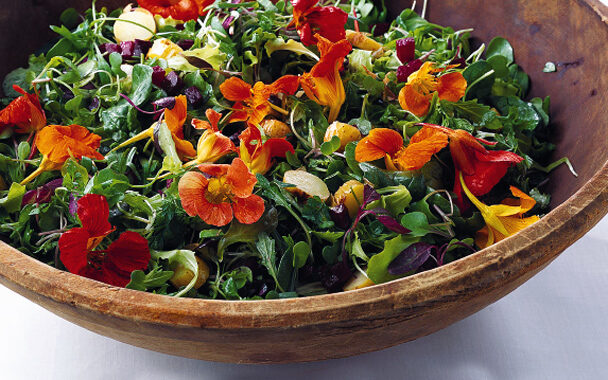
Nasturtium flowers have been widely used in recent years to decorate salads and, of course, they are totally edible. From the nasturtium we can also use its leaves, which have a strong flavor, similar to that of watercress.
However, the most used part is the flower, because thanks to the reddish and orange colors it has, it is perfect to decorate salads where green predominates (without tomato, for example).
You can grow nasturtium in your garden or orchard without major problems. Moreover, even by ecological means, since with the simple addition of organic material based on compost, you can obtain healthy and strong plants.
When it comes to harvesting, in the case of flowers, they should be harvested when they are at their most splendid and open. They have the advantage that the flowering period is very long and we have all spring and summer to enjoy them.
Be careful with the seeds, because depending on their state of formation, they can become toxic. For the flowers, you have to consume a very large quantity to have a negative effect on our body.
This is due to the fact that it contains in its composition a small amount of glucosinolates (which gives the flower its characteristic spicy flavor) and trierucine, a toxic compound found only in the seeds.
Chive Flower – Perfect for Bringing Strong Flavors
The edible flower of the chive is purplish in color, similar to lavender. It is generally used as an edible flower because of its flavor, as it is similar to that of onion but much milder and more subtle.
It is an ideal type of edible flower to add to a salad, in addition to garnishing meat and fish dishes.
Chives flowers are harvested from spring, producing several for weeks.
Those that are left unharvested will produce future seeds, which can be used to guarantee the plantation of the following season.
As a curiosity to say that this edible flower is also used to create spicy oils. An oil with a slight onion flavor or similar components is perfect for salads or pizza sauce. There are also restaurants and companies that do the same thing but with vinegar.
Calendula – An Ideal Edible Flower to Add Color to Vegetable Dishes
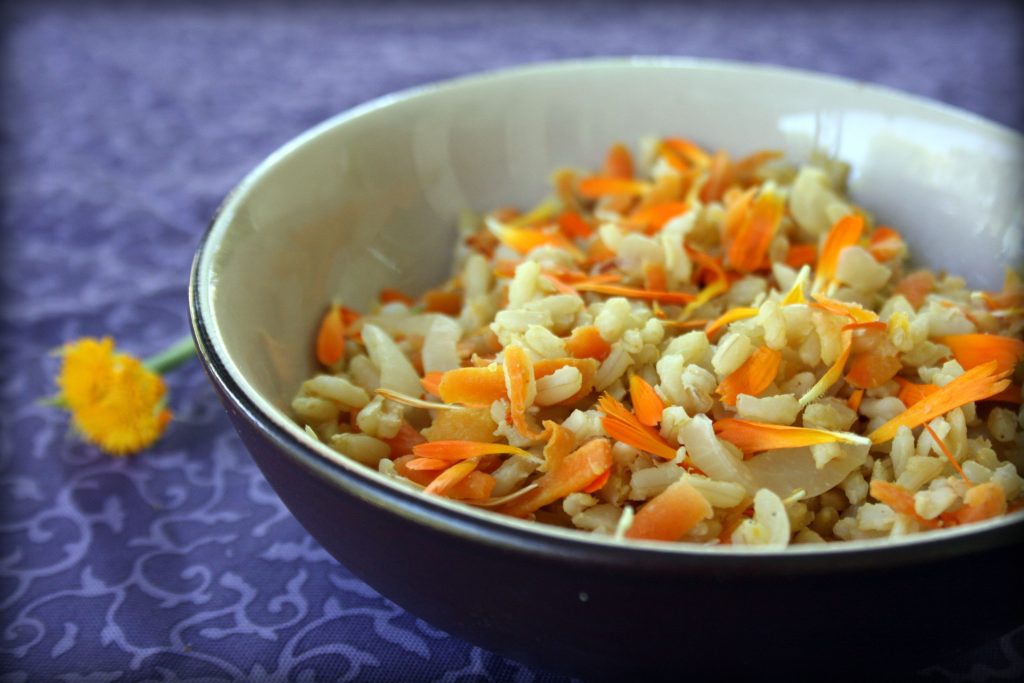
Marigolds can be a great addition to the sad who only have green salads (lettuce, spinach, cucumber, watercress, lettuce, etc.) provide a colorful orange that contrasts nicely and serves as a precedent for its originality.
Calendula is a very grateful plant for the garden, becoming a favorite of many families. In addition to its edible flowers, it offers a great show in the garden with its majestic bloom.
As for its cultivation, it adapts very well to all types of soil (from clay to sand) as long as they are well-drained. Its sowing can be done by direct sowing in the ground or by transplanting (which you can buy in a great number of nurseries to be well known).
In dishes, it brings a great aroma (not everything will be the same color) and is considered a “much cheaper substitute for saffron”, at least, with a similar flavor. It can be added fresh or by changing the flavor and texture, it can be coated with flour, as is also done with zucchini flowers, a delicacy that you cannot miss.
In addition, with calendula, you can make salves for medicinal purposes. That is to say, the use of this plant is practically total.
Those 3 edible flowers can be a great addition to your garden, let alone to your delicious salads. What flower did you eat before? How did you find it? Share your experience in the comments below.
And if you want more ideas, come back to check out the second part of this article.

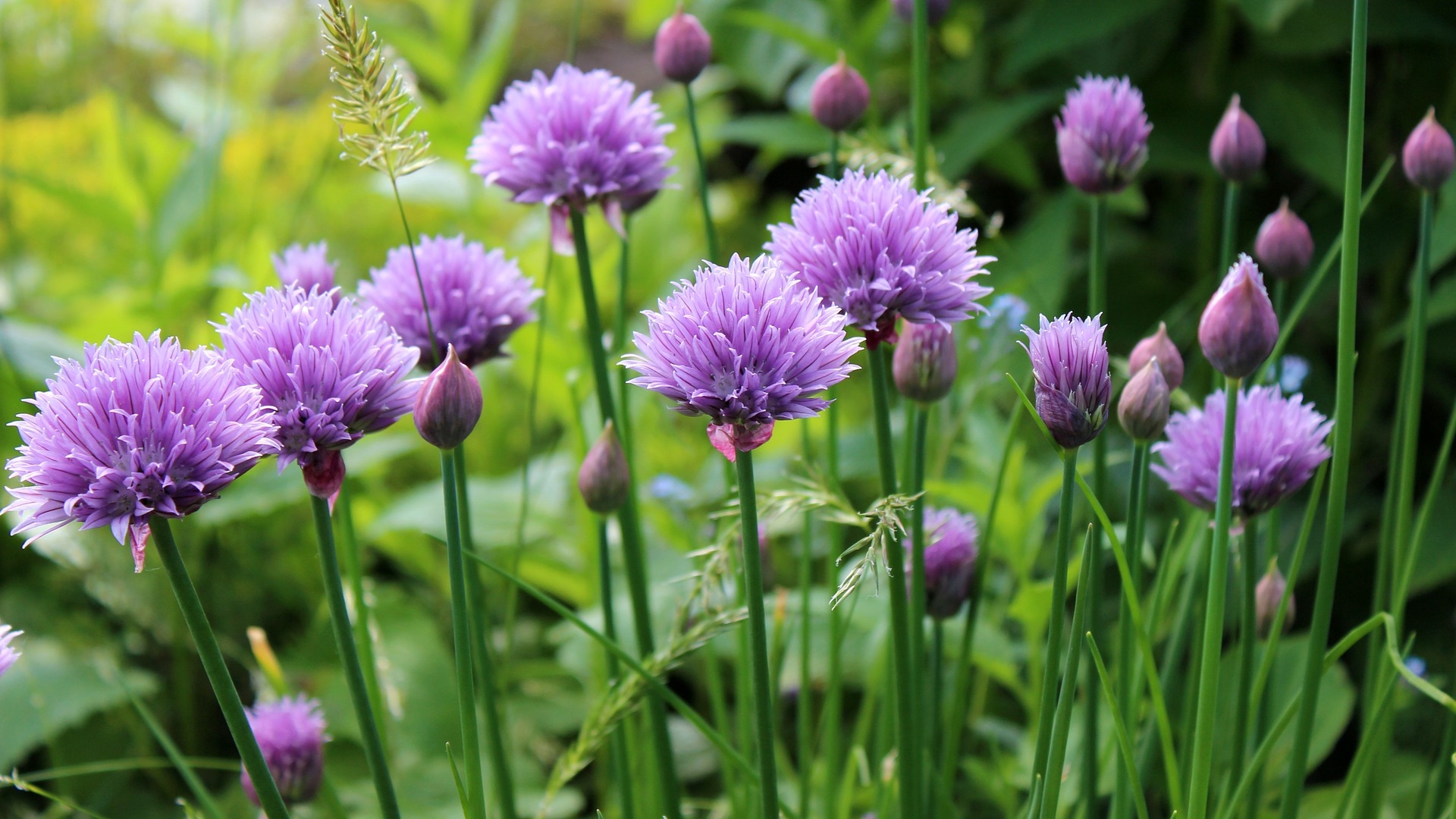
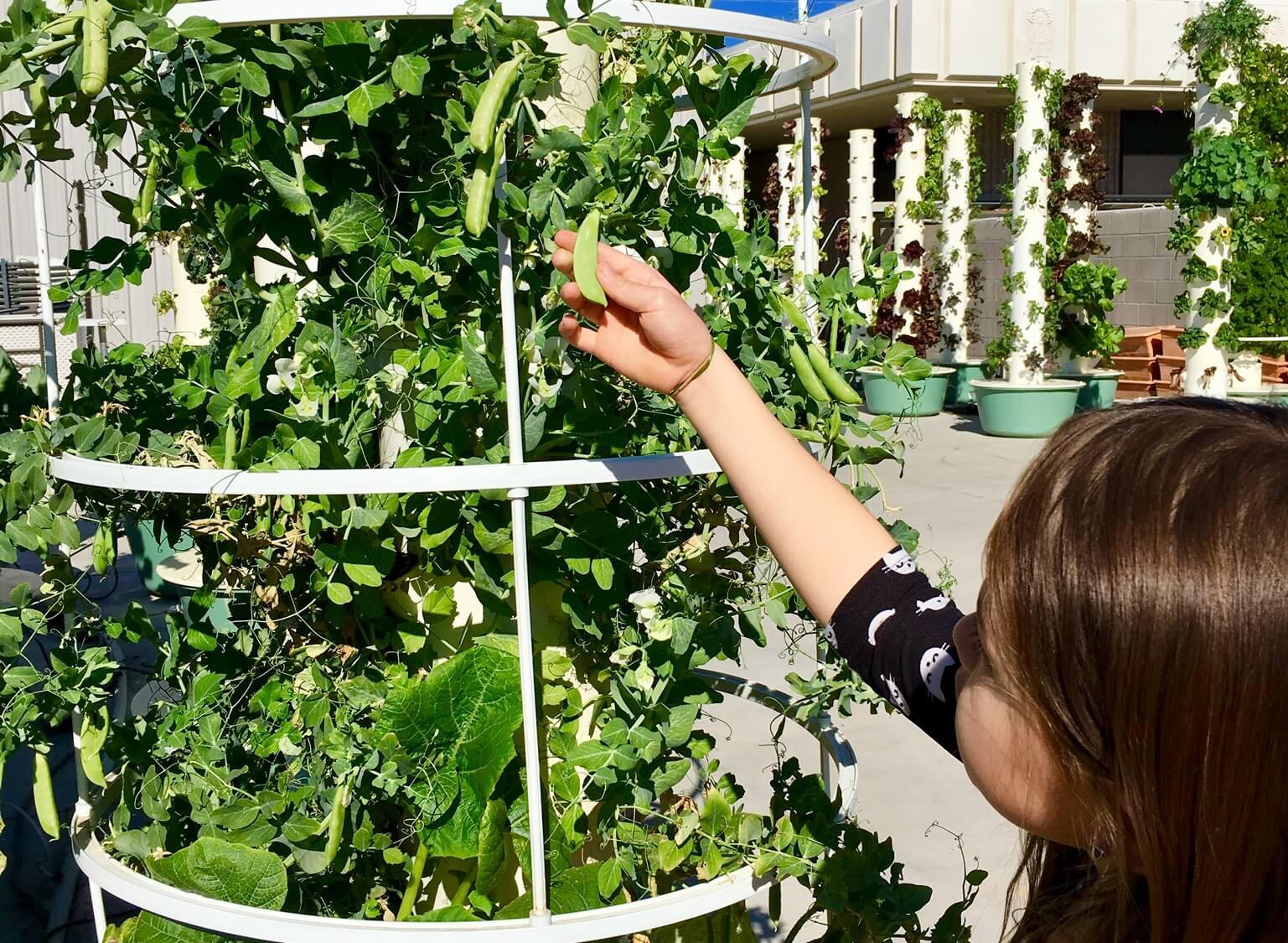
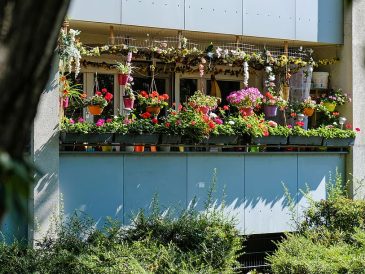
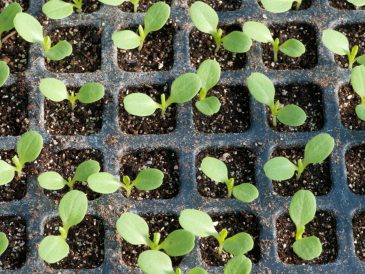
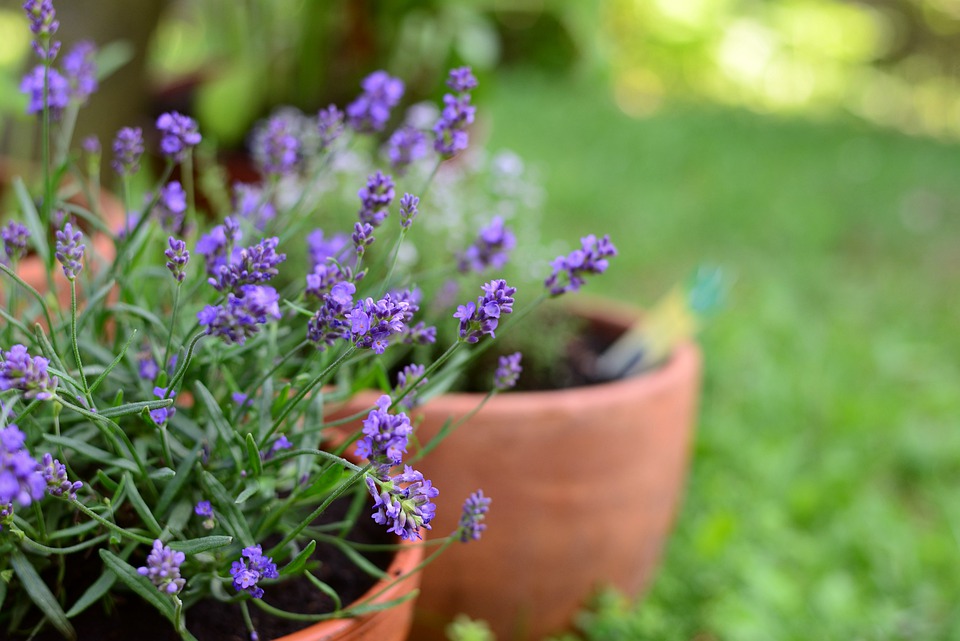
1 Comment
[…] we list a few of them that you can easily cultivate at home. And if you haven’t yet read the first part of this blog, check it out […]